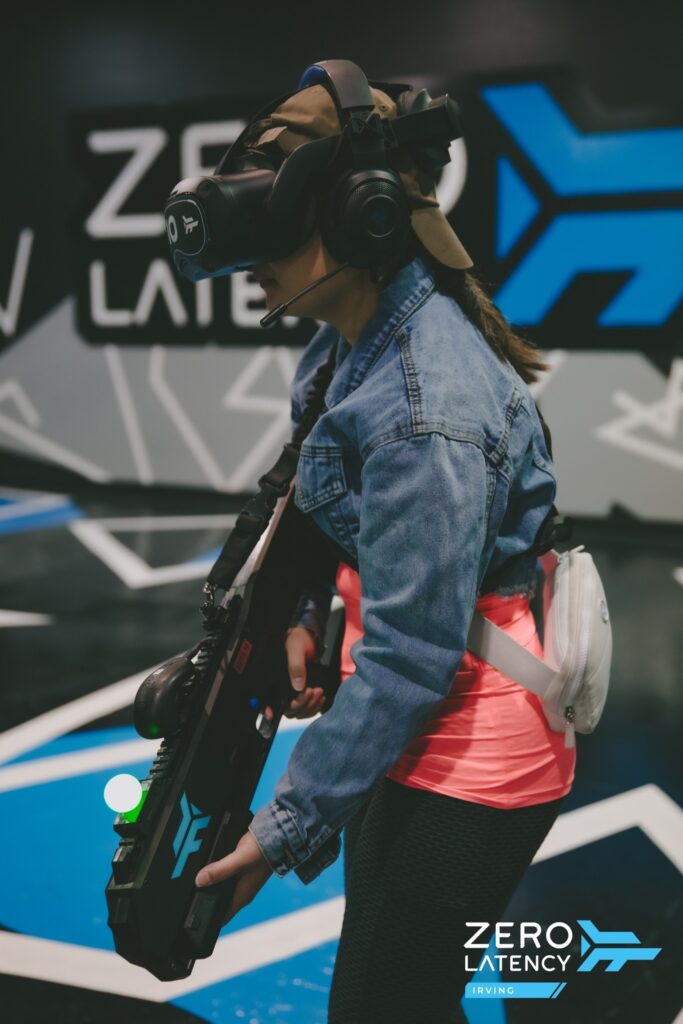The rise of Social VR Gaming is transforming how people interact, play, and build friendships in virtual spaces. Unlike traditional online multiplayer games, Social VR Gaming combines the immersive experiences of virtual reality VR with dynamic, social environments, offering players a rich and interactive way to engage with their friends. These virtual worlds blur the line between reality and the digital realm, fostering communities and giving rise to new forms of gaming. At the heart of Social VR Gaming is the idea of shared presence. In these virtual spaces, players are not just communicating through chat boxes or voice— they are represented by avatars that mirror their movements, gestures, and even facial expressions. This deepens the sense of immersion and creates a feeling of being together even when players are miles apart. These experiences go beyond the basic mechanics of typical games, providing opportunities for exploration, collaboration, and creative expression in worlds designed to mimic or even exceed the complexity of real life.
Platforms like VRChat, Rec Room, and AltspaceVR are leading the charge in this genre. They offer an array of experiences, from structured games and quests to user-generated environments where creativity flourishes. In these worlds, players can host virtual meetups, play games, attend concerts, or even build entire digital landscapes together. The ability to design and share unique worlds gives players ownership over their experiences, empowering them to tailor their Zero Latency VR gaming and social interactions to their specific interests. Social VR games are often cooperative, encouraging players to team up with friends or meet new people. Whether it is exploring a mysterious virtual dungeon or solving puzzles together, these games prioritize teamwork and communication. The result is an enhanced social experience that can feel more intimate and engaging than traditional online gaming, which tends to focus more on competition.
Beyond just gameplay, social interactions in VR are also evolving. Virtual reality facilitates real-time communication and emotional expression in ways that text or 2D environments simply cannot. For example, friends can high-five, hug, or even share facial reactions in a way that feels genuine. This has made Social VR particularly appealing during times of physical isolation, such as during the global COVID-19 pandemic, when people were searching for meaningful ways to connect. As the technology continues to evolve, Social VR Gaming is poised to become a staple in digital entertainment. It offers the perfect blend of play, creativity, and social interaction, creating a sense of community that extends beyond the screen. With advances in VR hardware and the growing number of VR-ready experiences, gaming with friends in virtual worlds is fast becoming the next frontier of social engagement.